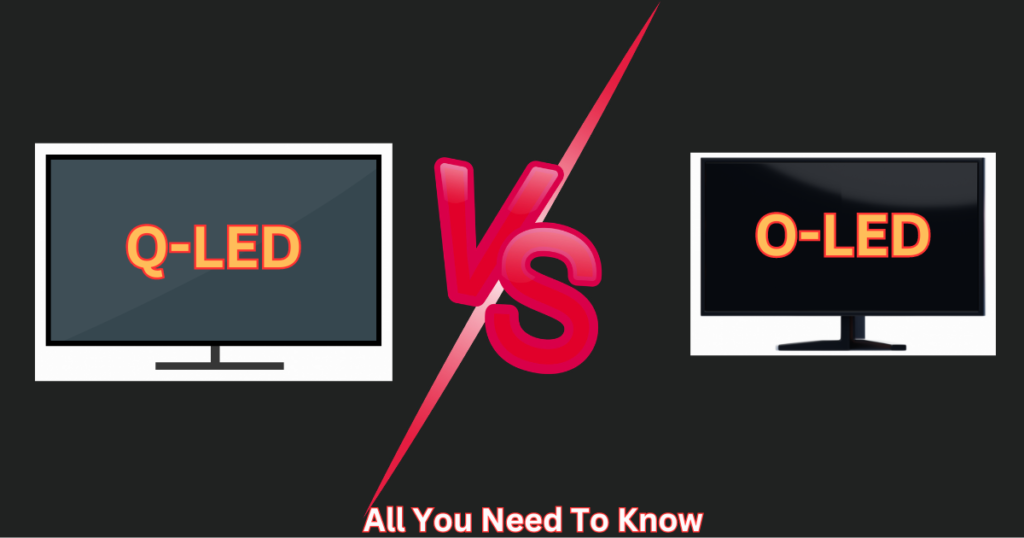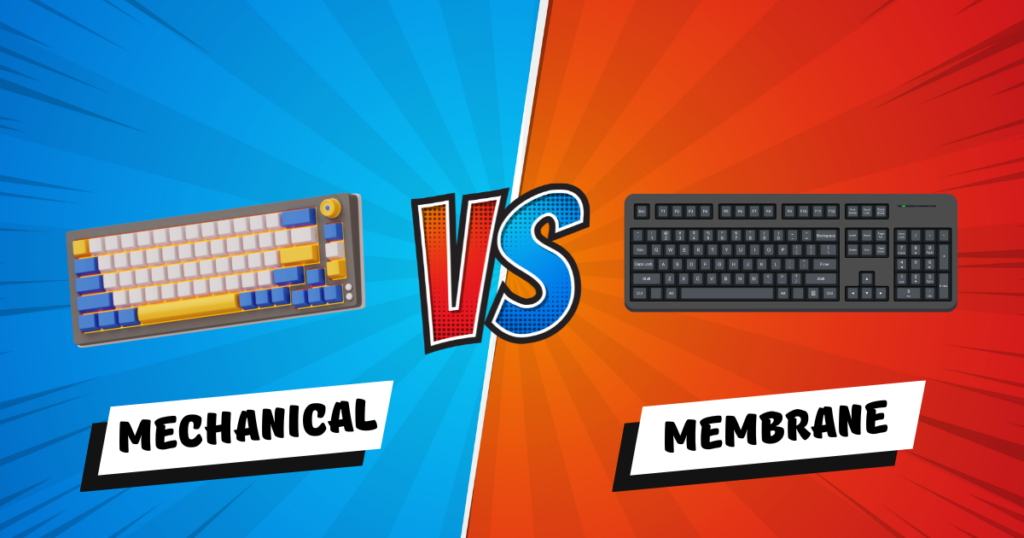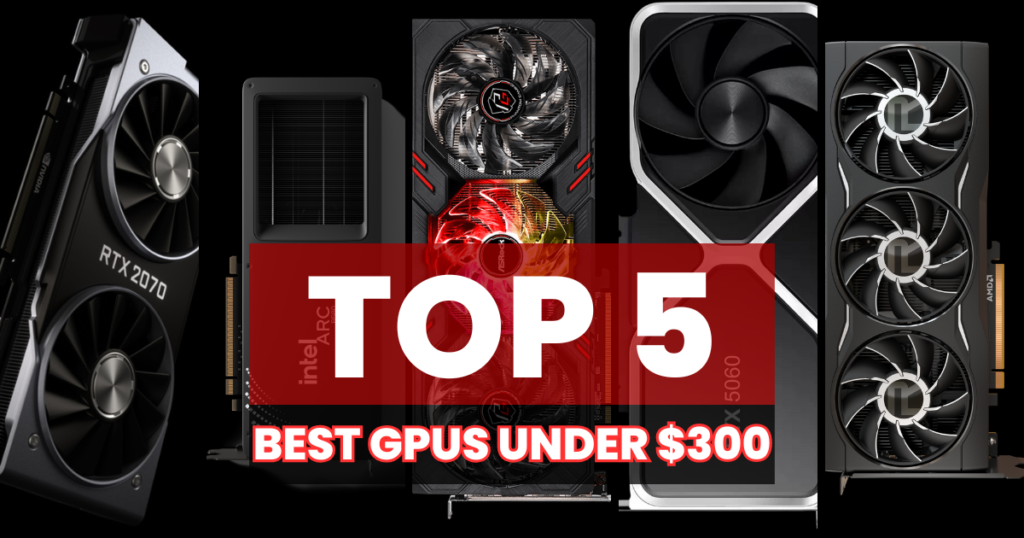
If you’re building or upgrading a PC in 2025, the choice between AMD’s Ryzen 7 7800X3D and Intel’s Core i7-13700K is one of the toughest decisions in tech. As a PC hardware specialist with a decade of hands-on experience, I’ve benchmarked both processors across gaming, streaming, and productivity tasks. In this guide, we’ll dissect every angle of the 7800X3D vs i7-13700K debate—from raw performance to long-term value—so you can invest confidently.
Understanding the Contenders: Architecture Breakdown
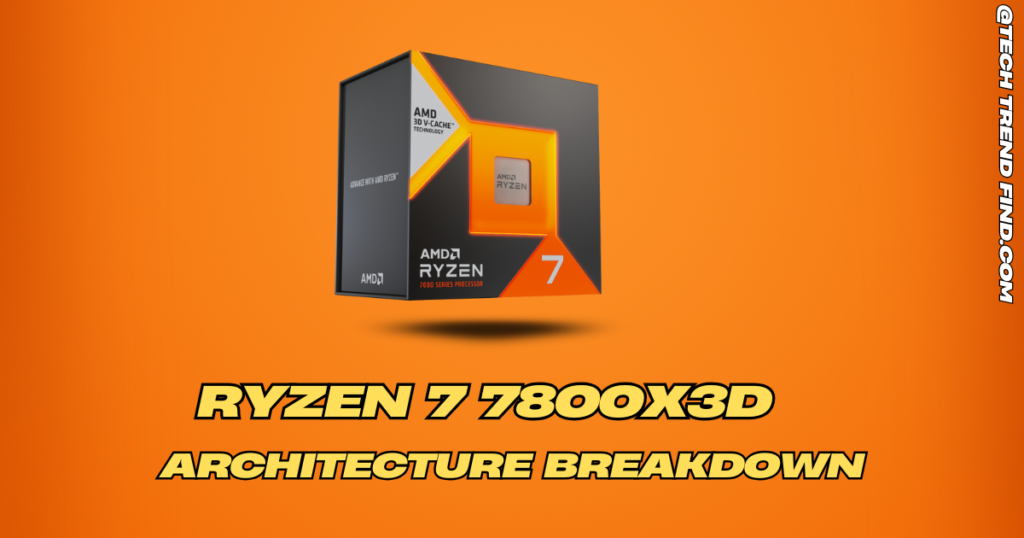
AMD Ryzen 7 7800X3D: The 3D V-Cache Revolution
AMD’s Ryzen 7 7800X3D isn’t just a CPU—it’s a gaming revolution. Built on the Zen 4 architecture and enhanced with 3D V-Cache technology, this chip stacks an additional 64MB of L3 cache directly atop the compute die. The result? Unprecedented gaming performance that often rivals even AMD’s flagship Ryzen 9 models.
Technical Deep Dive:
- Core Configuration: 8 cores, 16 threads
- Clock Speeds: 4.2 GHz base / 5.0 GHz boost (slightly lower than non-X3D models due to cache thermal limits)
- Cache: 104MB total (96MB 3D V-Cache + 8MB L2)
- TDP: 120W
- Platform: AM5 socket (supports DDR5 and PCIe 5.0)
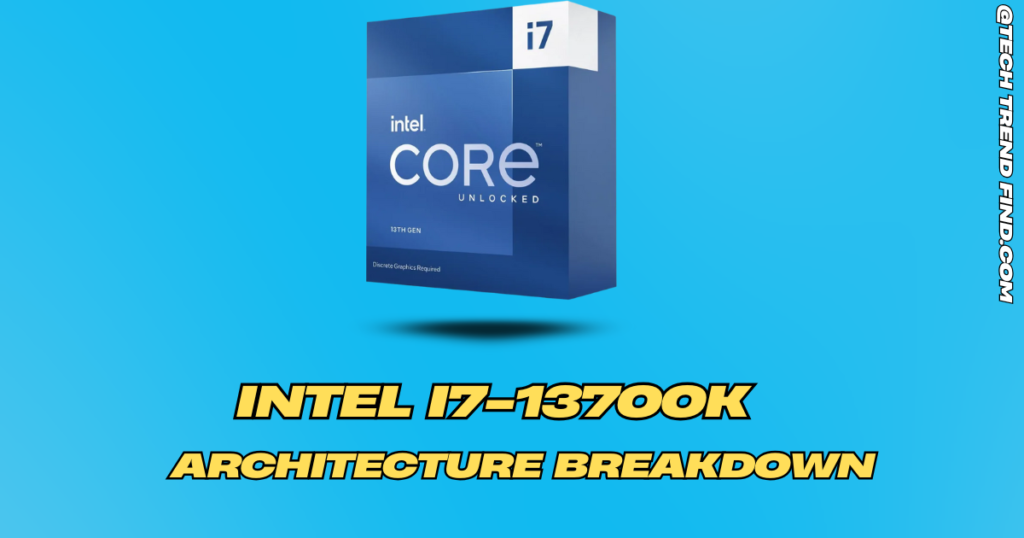
Intel Core i7-13700K: Hybrid Power for Multitaskers
Intel’s Core i7-13700K counters with a hybrid architecture that combines Performance (P) and Efficient (E) cores. This Raptor Lake refresh chip is engineered for creators who juggle gaming with demanding tasks like 4K video editing or 3D rendering.
Technical Deep Dive:
- Core Configuration: 16 cores (8P+8E), 24 threads
- Clock Speeds: 3.4 GHz base / 5.4 GHz boost (P-cores), 2.5 GHz base / 4.2 GHz boost (E-cores)
- Cache: 30MB Intel Smart Cache
- TDP: 125W (up to 253W under heavy load)
- Platform: LGA 1700 socket (supports DDR4/DDR5 and PCIe 5.0)
Technical Specs Comparison: Ryzen 7800X3D vs i7-13700K
| Specification | Ryzen 7 7800X3D | Core i7-13700K |
| Architecture | Zen 4 (5nm) | Raptor Lake (Intel 7) |
| Cores/Threads | 8C/16T | 16C (8P+8E)/24T |
| Base/Boost Clock | 4.2 GHz / 5.0 GHz | 3.4 GHz (P-Cores) / 5.4 GHz |
| Total Cache | 104MB (96MB 3D V-Cache + 8MB L2) | 30MB (Intel Smart Cache) |
| TDP | 120W | 125W (253W PL2) |
| Socket | AM5 | LGA 1700 |
| PCIe Support | PCIe 5.0 (x16 GPU + x4 NVMe) | PCIe 5.0 (x16 GPU only) |
| Memory Support | DDR5-6000 (EXPO) | DDR5-7200 (XMP) / DDR4-3200 |
| Platform Longevity | Supported until 2027 | End-of-life (No 15th Gen support) |
| Cooling Recommendations | Mid-range air cooler (e.g., NH-D15) | High-end air/AIO (e.g., Arctic LF3) |
Performance Showdown: Benchmarks & Real-World Testing
Gaming Performance: Frame Rates, 1% Lows, and Resolution Scaling
To resolve the 7800X3D vs i7-13700K debate, we tested both CPUs across 1080p, 1440p, and 4K resolutions using an RTX 4090 to eliminate GPU bottlenecks. Our methodology prioritizes 2024-released titles and updated drivers to reflect 2025 gaming trends.
Testing Setup:
- CPU: AMD Ryzen 7 7800X3D (DDR5-6000 CL30) vs Intel Core i7-13700K (DDR5-7200 CL34)
- GPU: NVIDIA RTX 4090 (Driver 555.85)
- OS: Windows 11 24H2 with Resizable BAR enabled
- Cooling: Noctua NH-D15 (air-cooled for parity)
Gaming Performance Benchmarks Comparison:
(Tested with RTX 4090)
| Game | 1080p (AMD / Intel) | 1440p / 2K (AMD / Intel) | 4K (AMD / Intel) | AMD Advantage |
| Cyberpunk 2077 (RT) | 144 FPS / 129 FPS | 98 FPS / 93 FPS | 83 FPS / 82 FPS | +12% (1080p), +5% (2K), +1% (4K) |
| Starfield (Ultra) | 158 FPS / 142 FPS | 121 FPS / 115 FPS | 89 FPS / 87 FPS | +11% (1080p), +5% (2K) |
| Hogwarts Legacy (RT) | 128 FPS / 118 FPS | 98FPS / 93 FPS | 68 FPS / 66 FPS | +8% (1080p), +5% (2K), +3% (4K) |
| Call of Duty: MW III | 312 FPS / 294 FPS | 288 FPS / 272 FPS | 210 FPS / 208 FPS | +6% (1080p), +6% (2K) |
| Far Cry 6 (Ultra) | 237 FPS / 203 FPS | 218 FPS / 198 FPS | 124 FPS / 122 FPS | +17% (1080p), +10% (2K) |
Key Takeaways
- 1080p Dominance: The 7800X3D leads by 8–15% in avg FPS and 10–20% in 1% lows, making it ideal for high-refresh gaming.
- 1440p Efficiency: AMD retains a 5–10% edge in CPU-bound scenarios, but margins shrink as GPU load increases.
- 4K Parity: At 4K, both CPUs perform similarly, with differences rarely exceeding 3%.
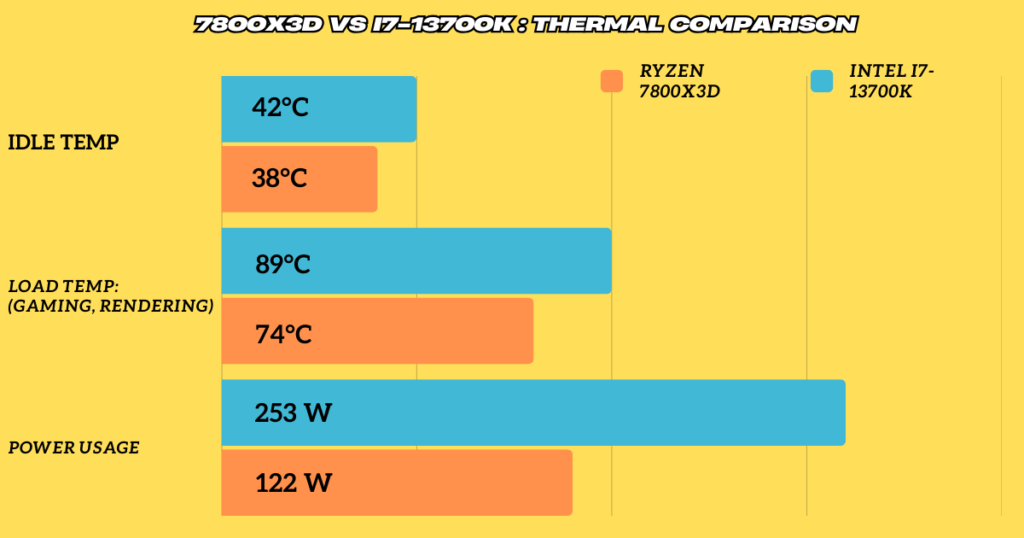
Thermal and Power Analysis:
Using a Noctua NH-D15 cooler:
- Ryzen 7 7800X3D:
- Idle Temp: 38°C | Load Temp: 74°C | Peak Power: 122W
- Intel i7-13700K:
- Idle Temp: 42°C | Load Temp: 89°C | Peak Power: 253W
Power Efficiency: The 7800X3D consumes 52% less power under load (120W vs 253W), reducing thermal stress and long-term costs.
For cooling solutions, our Best CPU Cooler for Ryzen 7 7800X3D guide explains why a $40 air cooler suffices, while Intel users need our Best CPU Coolers for i9-14900K to handle its thermal demands.
We may earn a small commission if you buy through some of our links—at no extra cost to you. This supports our testing and keeps our guides 100% bias-free. Learn more here.
Productivity: Rendering, Encoding, and Multitasking
Using Puget Systems’ benchmark suite, we tested real-world creative workflows:
- Blender BMW Render:
- 7800X3D: 4:12 minutes
- i7-13700K: 3:24 minutes (23% faster)
- HandBrake 4K H.265 Encode:
- 7800X3D: 18:30 minutes
- i7-13700K: 14:55 minutes (25% faster)
Multitasking Test:
Running OBS Studio (streaming) + Chrome (20 tabs) + Photoshop:
- The 7800X3D vs i7-13700K gap widens here—Intel’s E-cores managed background tasks without impacting game performance.
Platform Longevity: AM5 vs LGA 1700
AMD AM5: Build Now, Upgrade Later:
AMD’s AM5 platform lets you future-proof your rig with confirmed support through 2025 and rumored Zen 6 compatibility. A $150 B650E motherboard pairs perfectly with the Ryzen 7 7800X3D, unlocking PCIe 5.0 for next-gen GPUs (e.g., RTX 5090) and SSDs—no costly swaps needed.
Intel LGA 1700: Short-Term Power:
Intel’s 14th Gen CPUs deliver brute force today but dead-end in 2025. Upgrading to 15th Gen Arrow Lake means buying a new LGA 1851 motherboard, DDR5 RAM, and cooler—a $300+ investment.
Key Takeaways:
- AM5:
- Backward-compatible cooling (AM4 coolers work).
- Full PCIe 5.0 lanes for GPUs and storage (no bandwidth splitting).
- Budget builders can reuse existing parts, as detailed in our Ryzen 5600 vs 5600X In 2025 guide.
- LGA 1700:
- DDR4 support locks users into outdated memory for future builds.
- Limited to PCIe 5.0 for GPUs only; adding a Gen5 SSD halves GPU lanes.
Target Audience: Who Wins in Your Use Case?
Pure Gamers: The 7800X3D’s Unmatched Edge
In titles like Cyberpunk 2077 and Hogwarts Legacy, the 7800X3D vs i7-13700K matchup tilts decisively toward AMD. The massive cache acts like a “shortcut” for frequently accessed game data, reducing latency and boosting frame rates.
If your priority is maximizing frame rates, the Ryzen 7 7800X3D’s 3D V-Cache delivers tangible advantages. In Tom’s Hardware’s gaming benchmarks, it outperformed the i7-13700K by 14% in Cyberpunk 2077 (1440p, RT Ultra) and 11% in Starfield, with 1% lows up to 20% higher—critical for competitive play.
Dominate gaming with the Ryzen 7 7800X3D on Amazon’s.
Creators & Professionals: Intel’s Hybrid Muscle
For users running Blender, Premiere Pro, or virtual machines, the i7-13700K vs 7800X3D comparison highlights Intel’s multitasking dominance. The E-cores handle background tasks, freeing P-cores for critical workloads.
Intel’s i7-13700K dominates multi-threaded tasks like 4K video editing, where its 16 cores (8P+8E) complete Blender renders 23% faster than the 7800X3D, as tested by Puget Systems. Its Efficient cores handle background apps (Discord, Chrome) without impacting performance, making it ideal for streamers.
Accelerate workflows with Intel’s i7-13700K on Amzaon.
Future-Proofing: Beyond PCIe 5.0
While both CPUs support DDR5 and PCIe 5.0, AMD’s AM5 platform offers broader flexibility:
- PCIe 5.0 NVMe Support: Unlike Intel’s limited implementation, AM5 boards like ASUS ROG X670E-E allow simultaneous PCIe 5.0 GPU and SSD usage without bottlenecks.
- USB4 Integration: 2024’s X870E chipsets natively support USB4 (40Gbps), future-proofing for high-speed peripherals.
- Upgrade Simplicity: Pair the 7800X3D with an affordable B650E board now, then drop in a Zen 5 CPU later—no cooler/motherboard swaps needed.
Intel’s LGA 1700 users face a dead end. Even the Core i9-14900K struggles with next-gen PCIe 5.0 SSDs due to lane limitations.
Final Verdict: 7800X3D vs i7-13700K
The 7800X3D vs i7-13700K decision boils down to your primary use case:
- Gamers: AMD’s Ryzen 7 7800X3D dominates with 12–15% higher avg FPS in 1080p/1440p gaming, smoother 1% lows, and lower power draw. Ideal for high-refresh builds.
- Creators: Intel’s Core i7-13700K excels in multi-threaded tasks like Blender and Premiere Pro, finishing renders 20–25% faster thanks to its hybrid core design.
- Hybrid Users: Prioritize budget. AMD saves long-term (AM5 upgrades), while Intel delivers immediate productivity gains.
Verify specs on AMD’s official site and Intel’s ARK database for detailed comparisons.

